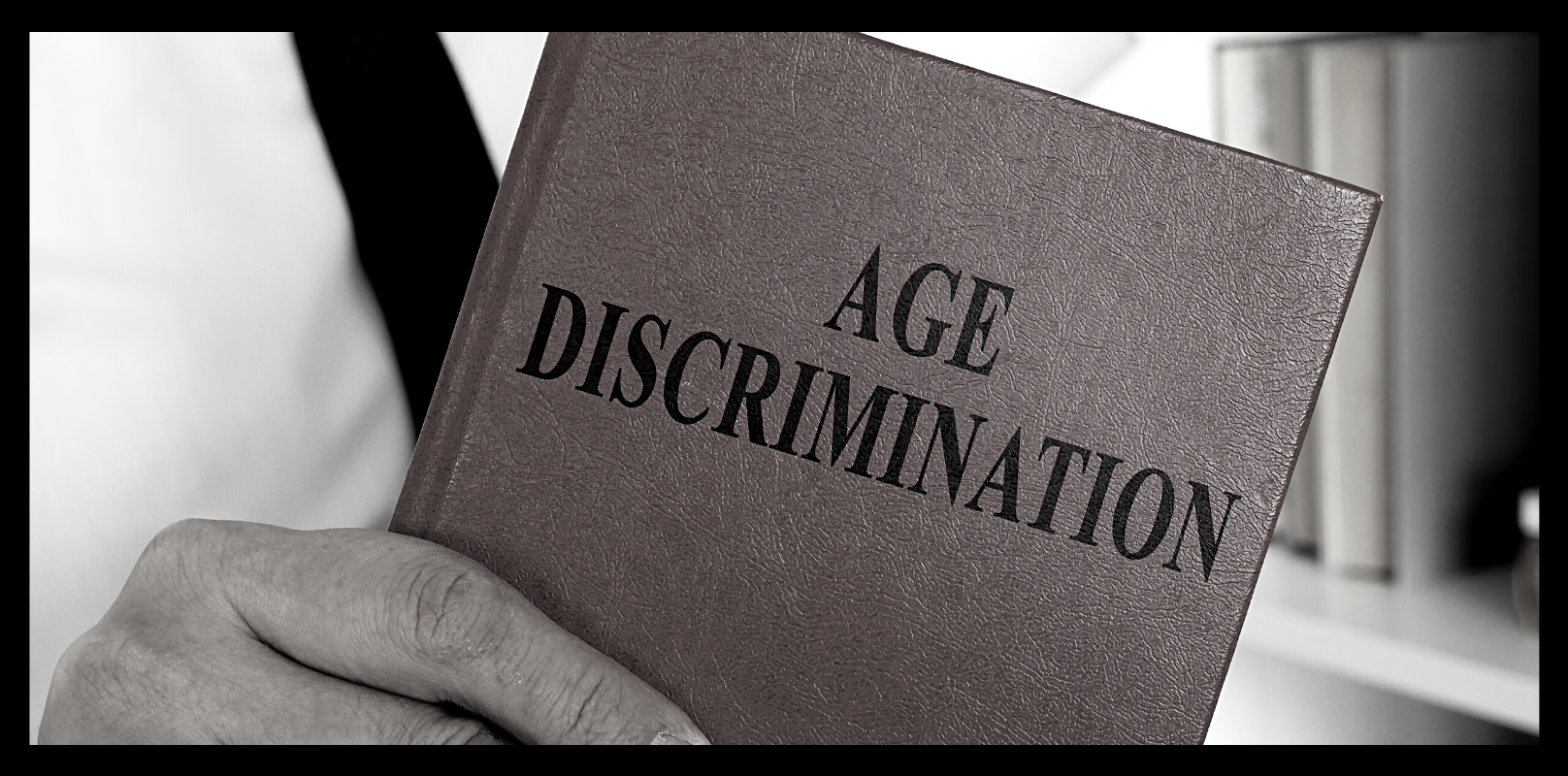Age Discrimination: How to avoid it in the workplace


We’re in 2022 and now, it has become more important than ever for businesses to focus on diversity and inclusivity. These two are buzzwords bandied about in the world of work, however a lot of people believe they are synonymous and interchangeable when they aren’t. When it comes down to it, they don’t truly understand what a true diverse and inclusive company looks like.
In the last few years there has been major social discourse around gender, race, and sexuality, therefore it makes sense that this has spilled into the world of work with many organisations going through change. We now expect workplaces to shift into more accepting and prejudice-free environments. There is, however, an area of workplace diversity that is far less focused on, and that is age discrimination.
I take a look at what it is, what leads to it, and how businesses can prevent it from their hiring.
Age discrimination: What is it?
Any prejudicial behaviour that targets or discounts a person based on their age is age discrimination. In the workplace this type of discrimination might appear during the hiring process, or it might be in-office in the form of throwaway comments about productivity or missed promotions. Like all types of discrimination, the driving factor behind age discrimination are usually stereotypes about motivations or capabilities.
The law says that age discrimination is equally as bad as discounting a person due to their gender, race, sexual orientation, or religion. Even so, ageism is one of the most common discrimination practices in the workplace, while also one of the least talked about or challenged.
However, age discrimination has been a topic in the media over the years. Especially due to some high-profile cases against giants such as Facebook, Google, PwC, and Amazon to name just a few.
One of the main issues with ageism is that a lot of companies see it as a “lesser evil”. In the hierarchy of discrimination sexual or racial discrimination for example, is higher up. However, discrimination is discrimination, regardless of which type. There is no hierarchy and everyone regardless of age, race, sexual orientation, or beliefs should be accepted and offered the same opportunities.
Not only can age discrimination have a negative impact on your business from a legal standpoint, it can also drastically limit your talent pool. This may mean you’re missing out on very experienced, high-quality, and enthusiastic candidates. Furthermore, this limited talent pool can lead to a workforce that lacks diversity of opinions and experience.
Age Discrimination in the UK tech space
In 2020, in the UK, there were 13,000 unemployed IT professionals aged 50 and over compared to 8,000 in 2019 according to research from BCS, The Chartered Institute for IT. Furthermore despite the fact that 31% of the UK’s workforce being over the age of 50, only 22% of people working in IT are in that age group.
Ageism in tech starts early, with people older than 35 often considered too old for the industry.
Age discrimination: Why does it happen?
You need to understand why age discrimination happens before you attempt to identify and fix it. Essentially it happens due to stereotypes and misconceptions about a certain age group, but there are also other systemic, cognitive and inadvertent cause of this type of discrimination.
These might be:
- Overt reinforcement of attributes that are more commonly associated with workers of a younger age, and making that a central characteristic of your culture
- Targeted recruitment campaign or resource allocation to only hire recent graduates or university students
- Throwaway comments from other employees in the business that might subjugate or dismiss a fellow worker based on their age or perceived ability
- Budget constraints that drive businesses to hire younger (often cheaper) candidates
- Unconscious bias against certain age groups from managers, staff, or your recruitment team
- Not investing the same resources and time into targeting more experienced workers
- Using phrases and terms in your hiring ads that appeal to a particular demographic (“digital natives”, “recent grads”, etc.)
How to prevent age discrimination in your company
First thing you need to do, in order to prevent age discrimination, is accept that it exists in some form in your business. The next step is to implement some concrete strategies and actions that’ll help alleviate the problem.
Here are some effective ways to help prevent age discrimination in your business:
Design and implement the right policies
In order to successfully start the fight against age discrimination, you need to start from the top. Your business leaders need to make a stand and call out ageism across the company for any policy to work. If you don’t have the backing of your senior team, then employees won’t have an example to follow.
Once that happens you need to review your discrimination policy. You need to see what characteristics and demographics are protected and emphasised within the document. If age isn’t included or given equal emphasis to others, then that’s where you should start. Re-write your discrimination policy to make sure that age is given equal importance.
Then ensure that you communicate this new policy to everyone in your business. Give your employees specialist training to make sure that they have the tools to identify, understand, and avoid age discrimination cases.
Bias educating
All your hiring managers and recruiters need to undergo training on implicit and explicit biases. This training should be aimed at identifying and dispelling myths about older workers.
Introduce age in your diversity hiring strategy
Furthermore, recruiters and hiring managers should take a direct stand against age discrimination in their hiring process. Introduce age as a distinct demographic into your diverse hiring strategy if your company already has one.
Of course this doesn’t mean that you should go to the other extreme and only target older candidates. What it means is that you need to be aware of and sensitive to the way your hiring strategy might appeal to one group of people while alienating another. If you do this, then you’ll be able to create hiring campaigns to as wide a demographic as possible.
Be careful of how you advertise
As mentioned before, the words and phrases used in recruitment ads and job requirements can have a significant impact on the potential hires that apply.
Ensure that you pay close attention to the phrases and words you use when advertising an open position and try to avoid terms that clearly target a specific demographic.
Put your multigenerational workforce in the spotlight
When trying to attract the best talent out there, employee branding is a very powerful tool for showcasing your company culture and the type of workforce that you value. When you create the content for your employer branding make sure that you put the spotlight on employees of all ages.
Showcase your multigenerational workforce through testimonials, images, and videos. These are effective ways to show potential hires that they are welcome in your business regardless of how many years of experience they may or may not have.
Diversity does not just apply to race, religion, sex, or sexual orientation. Ageism is alive and still thriving in many industries, especially the tech one across the world. Therefore, it falls to you as a leader, hiring manager, or recruiter to identify and rectify your failings as a business and take the necessary steps to prevent it because it has been proven that a diverse workforce is something to be coveted.
Are you looking for a new role in the MS Dynamics or Salesforce space? Click here to view our live roles.
